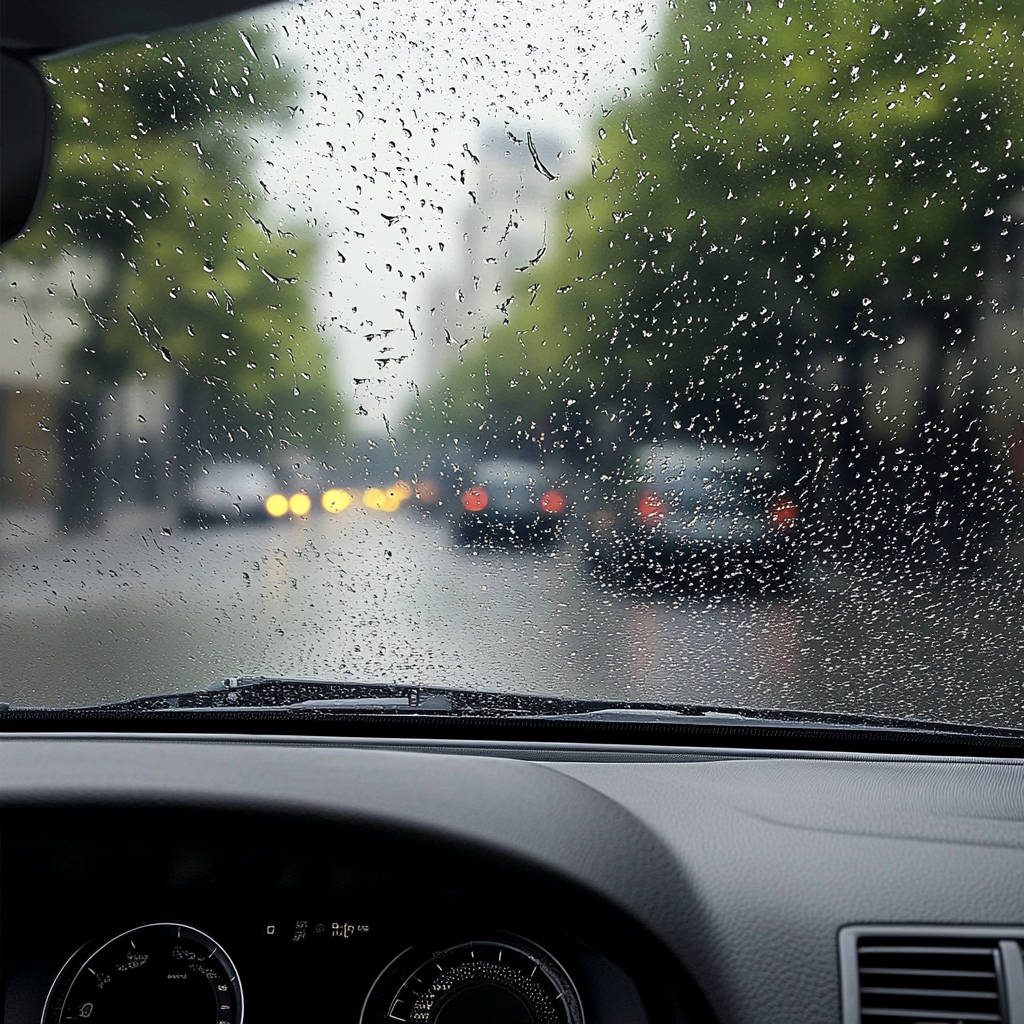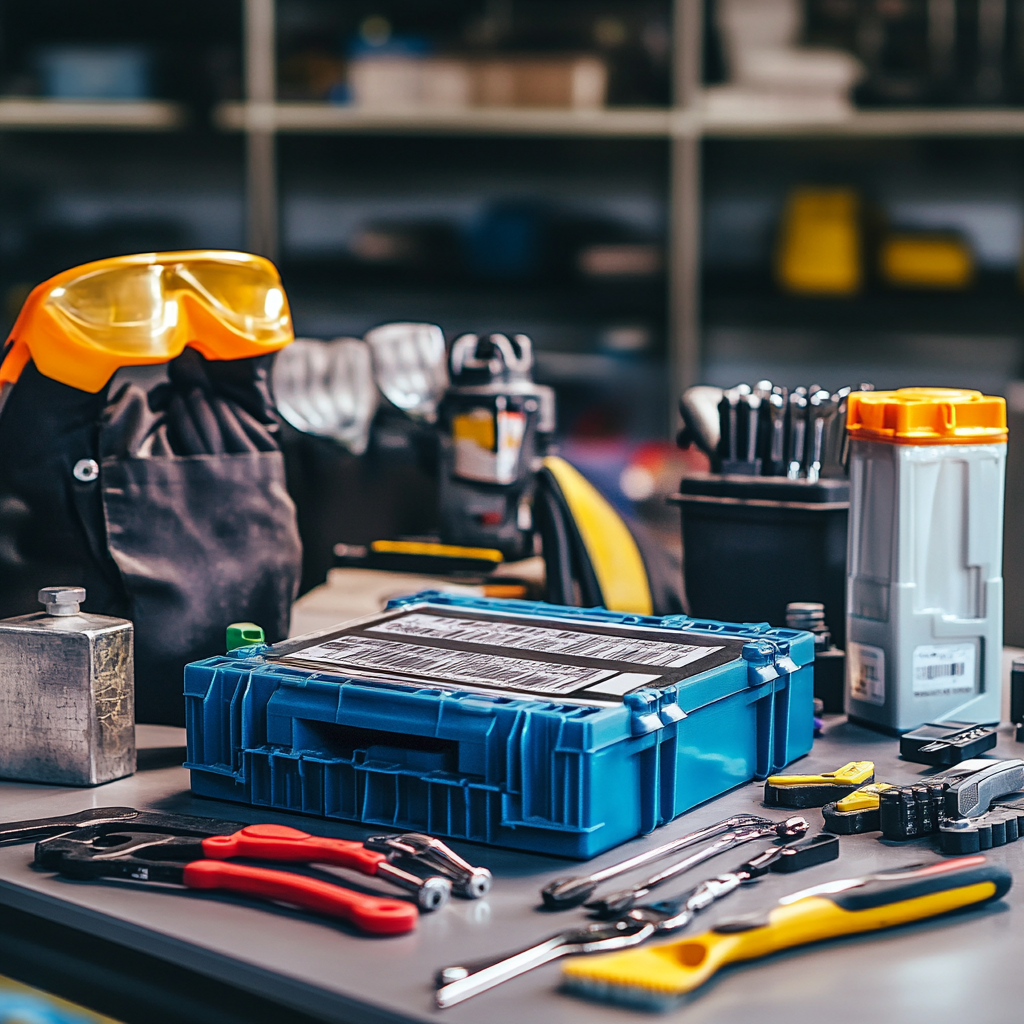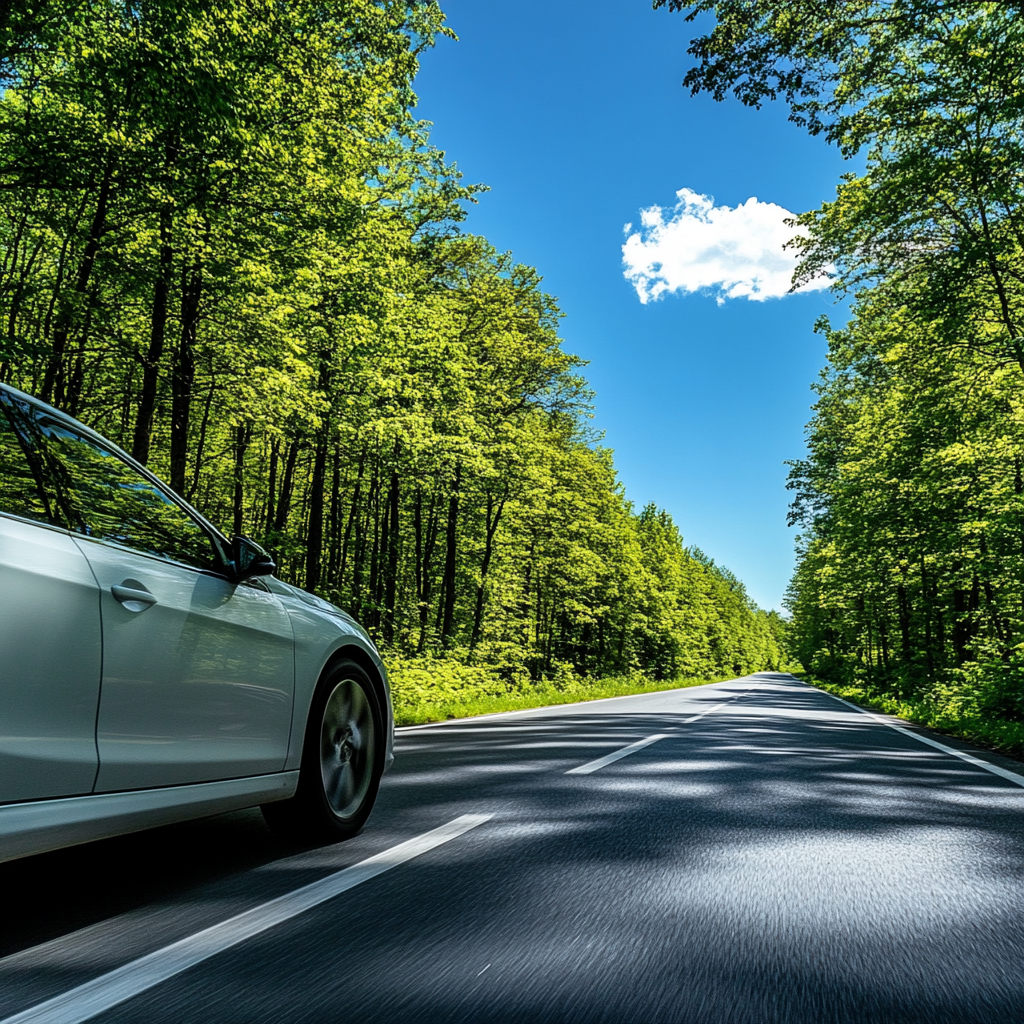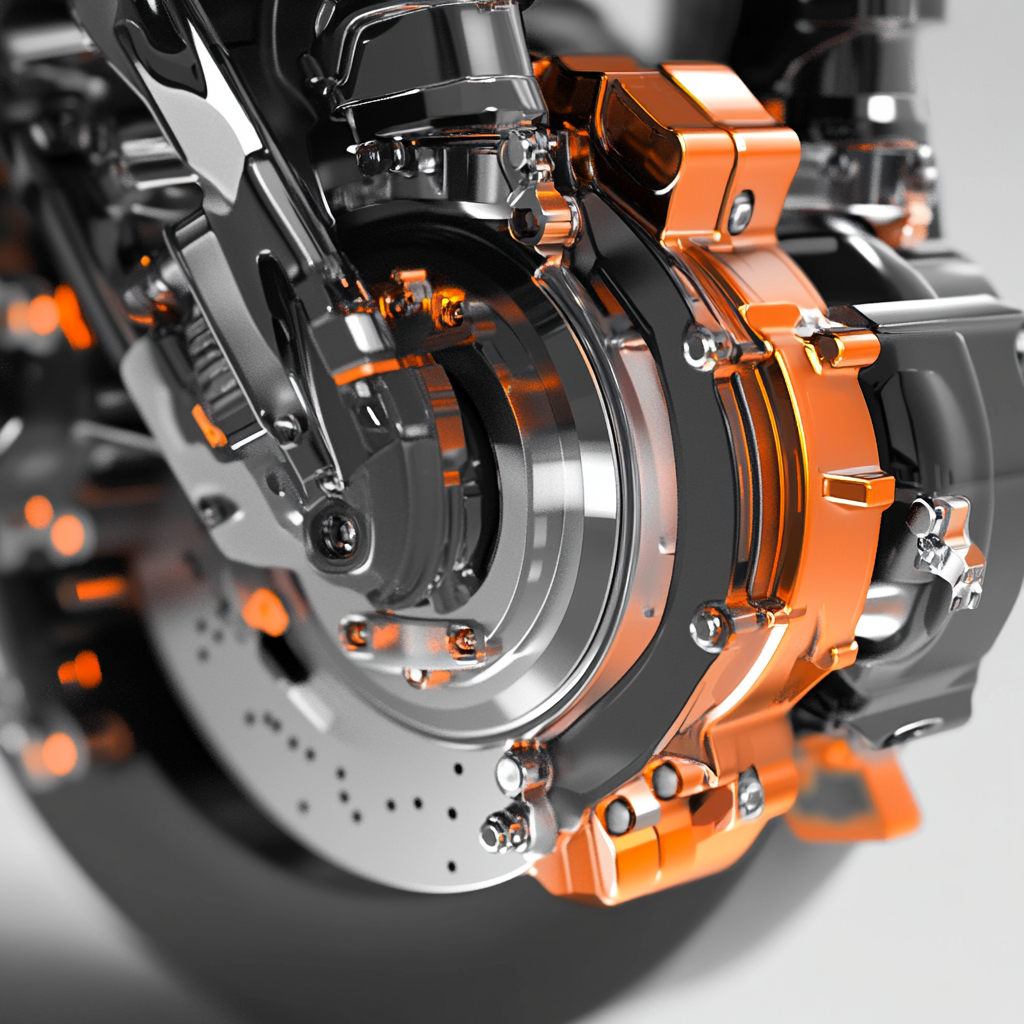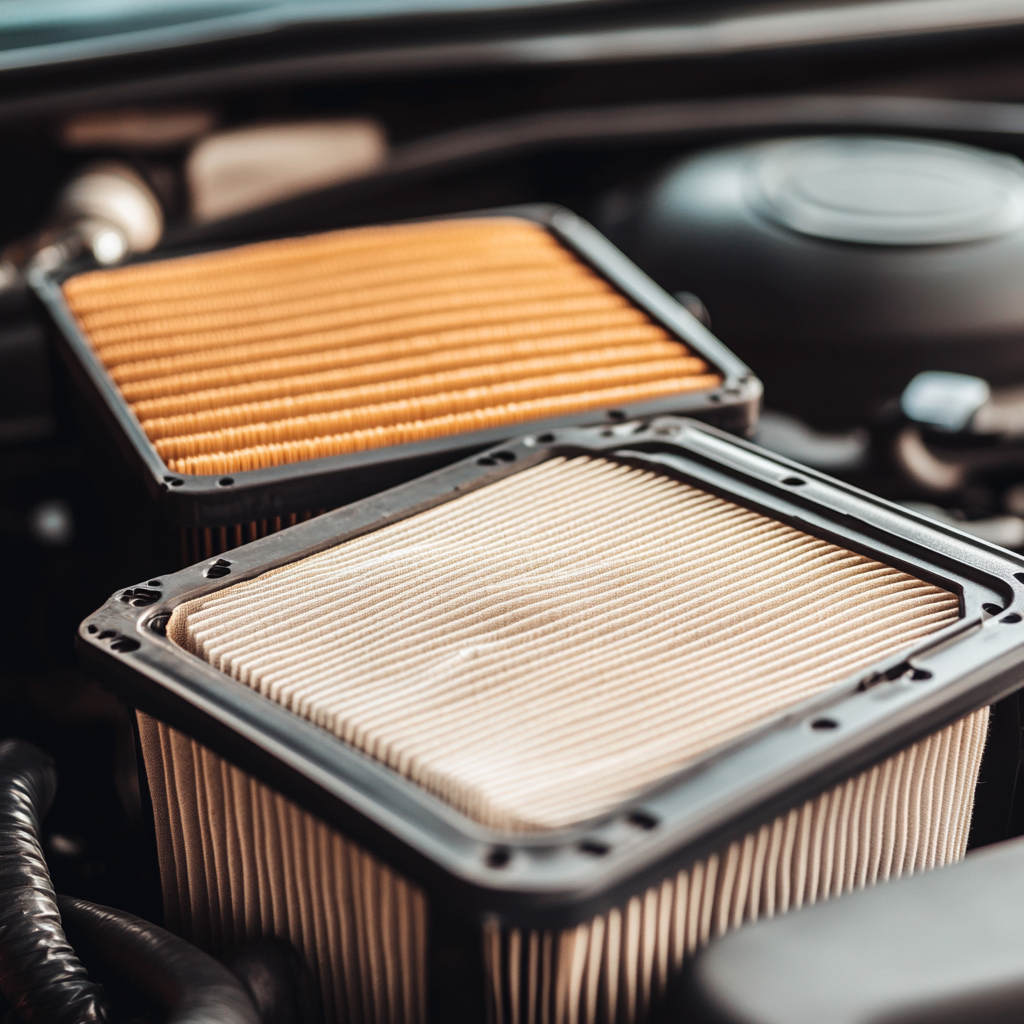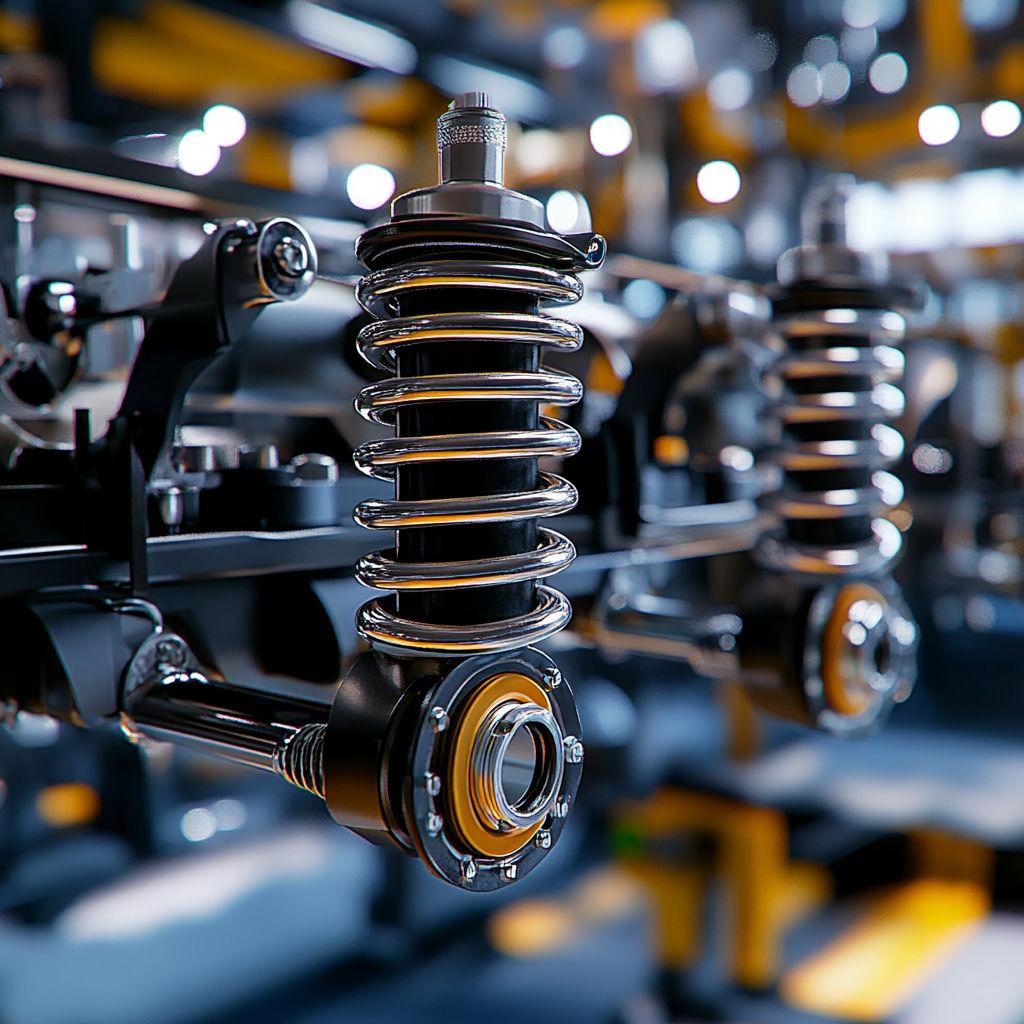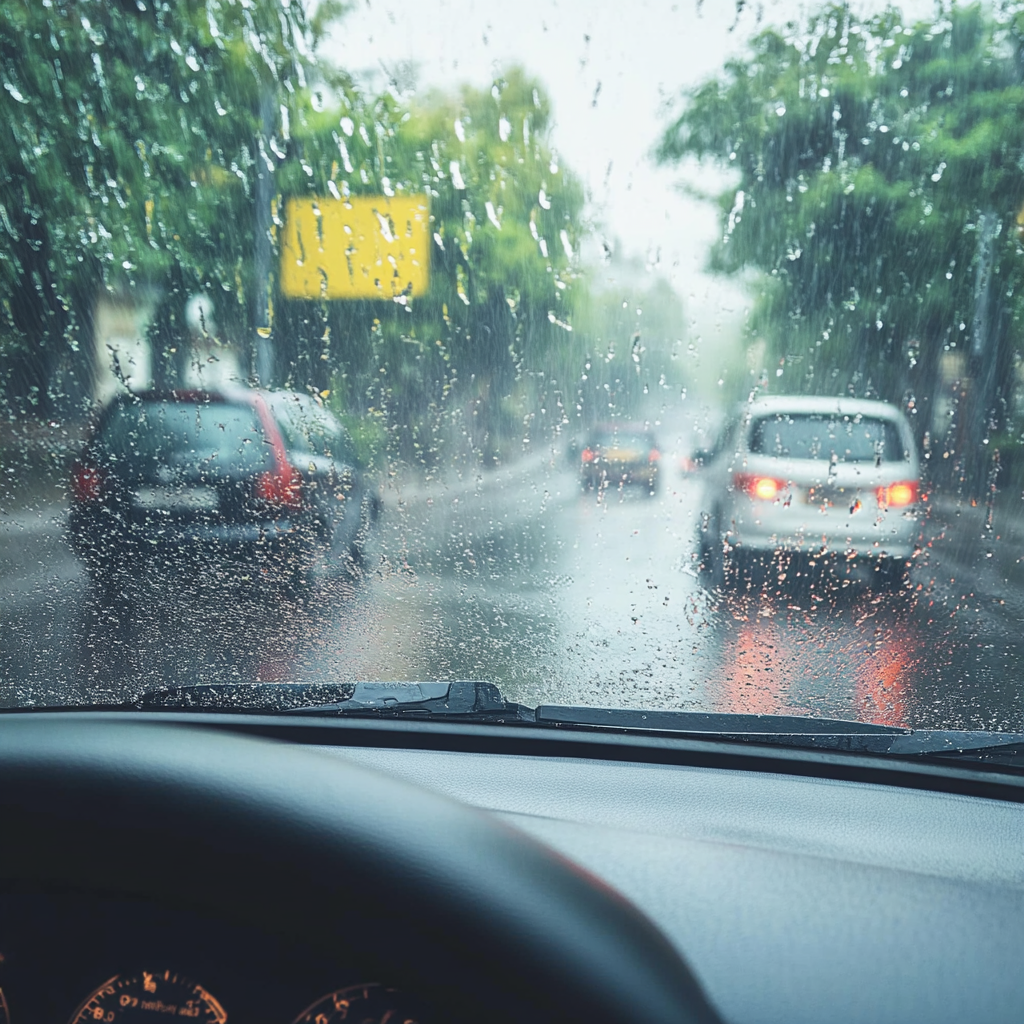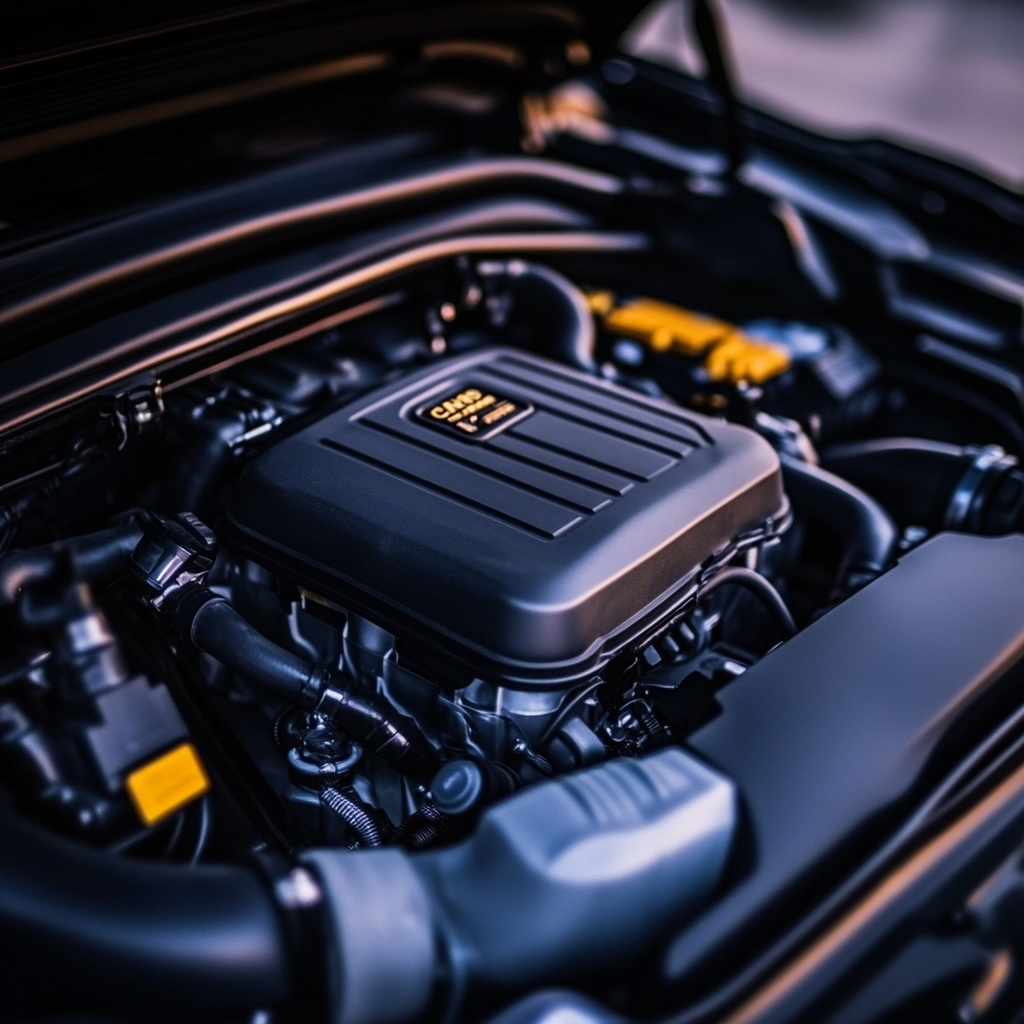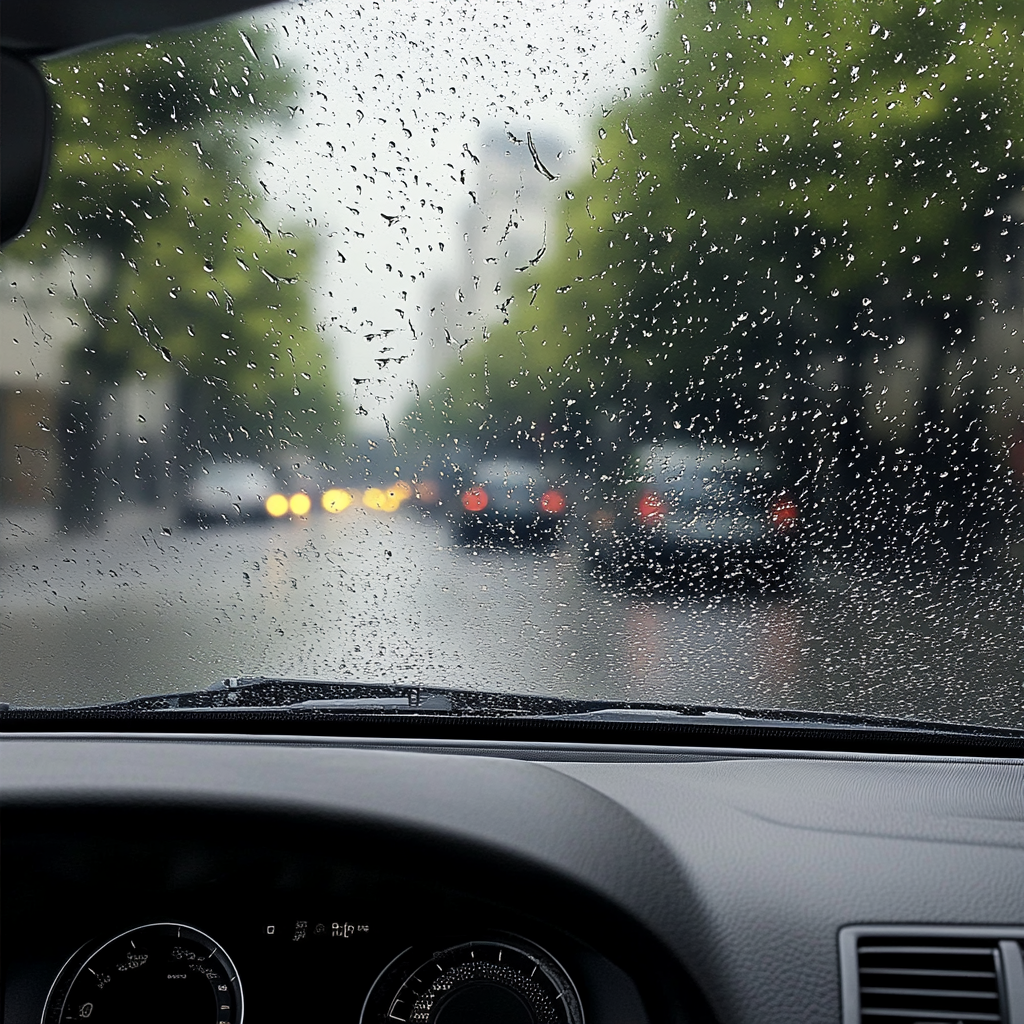
Learning how to check and top up coolant can prevent your engine from overheating, especially on hot summer road trips. There is only one effective way to overcome this problem and that is top-up engine coolant in time. Cooling system in your car’s engine is a really important part for its efficient working, but many people forget about it. Proper maintenance of the cooling system and coolant will help you to stop your engine from overheating. It keeps your engine temperature always regulated, which protects your engine from both overheating and freezing. Regularly checking and topping up the coolant ensures your engine runs smoothly, extending the life of your vehicle. In this guide, you’ll learn how to check and top up your car’s coolant like a pro to avoid the risk of engine overheating.
What is Coolant and Why is It Important?
Coolant is a special type of fluid that is used in an engine to prevent it from freezing or overheating while you are driving or while your car is in an ideal position. Cooling system is very important for your car’s engine to maintain its top efficiency, whether you’re driving in a normal condition or in a harsh condition. See if the weather is too hot then it works as a cooling agent and if the weather is very (below 0° c) cool at that time it works as an anti-freezing agent. Which helps your engine to work more efficiently. For that reason, it is very important to always change and use a good quality engine cooling agent.
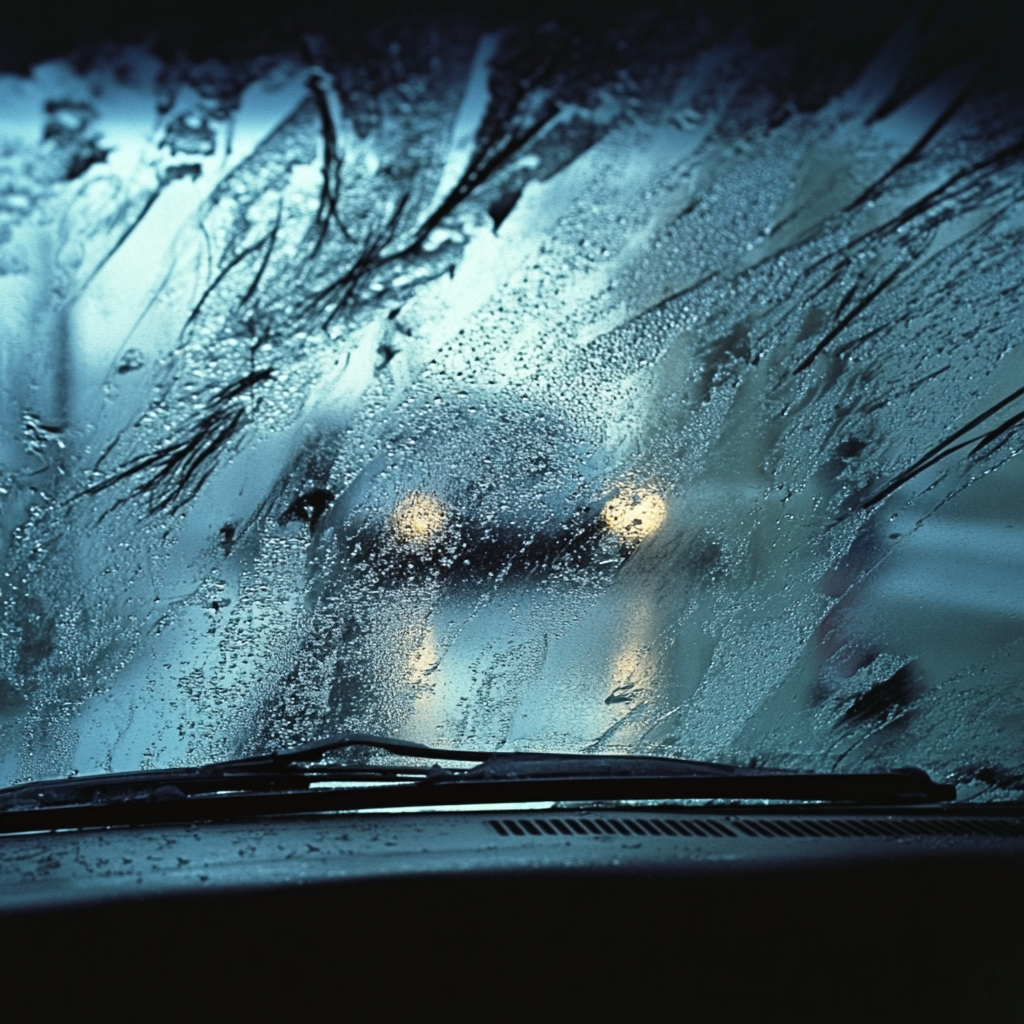
Signs Your Car Needs a Coolant Top-Up
There are several signs that indicate that it’s the time for coolant top-up for your car’s engine. Below we will discuss some indicators in detail.
Engine Temperature Gauge Rising:
- Most of the car industry implements a temperature gauge on your car’s dashboard. While you are driving if you notice that the temperature gauge is climbing higher than normal then it could be a sign that your engine is not being properly cooled. And this may have happened due to the low coolant level in your car’s engine.
Dashboard Indigators:
- Most of the car’s come with indicator lights in the dashboard. Which will tell you if any temperature drops or rises in the engine. Always look for that type of sign.
Coolant Leaks:
- If you notice any green, yellow, or orange colour liquid under your car while it is in ideal position, then it means your car’s coolant is leaking. Leaks can cause coolant levels to drop frequently compared to normal case, which also reduces the cooling system’s ability to regulate the engine’s temperature efficiently.
Sweet Smell:
- If you smell a sweet odour around your engine, it could be a sign of a coolant leak. This might mean a hose or radiator is cracked.
Frequent Overheating:
- If you are driving in a normal condition but your car’s engine is overheating frequently that means you need to change your coolant now.
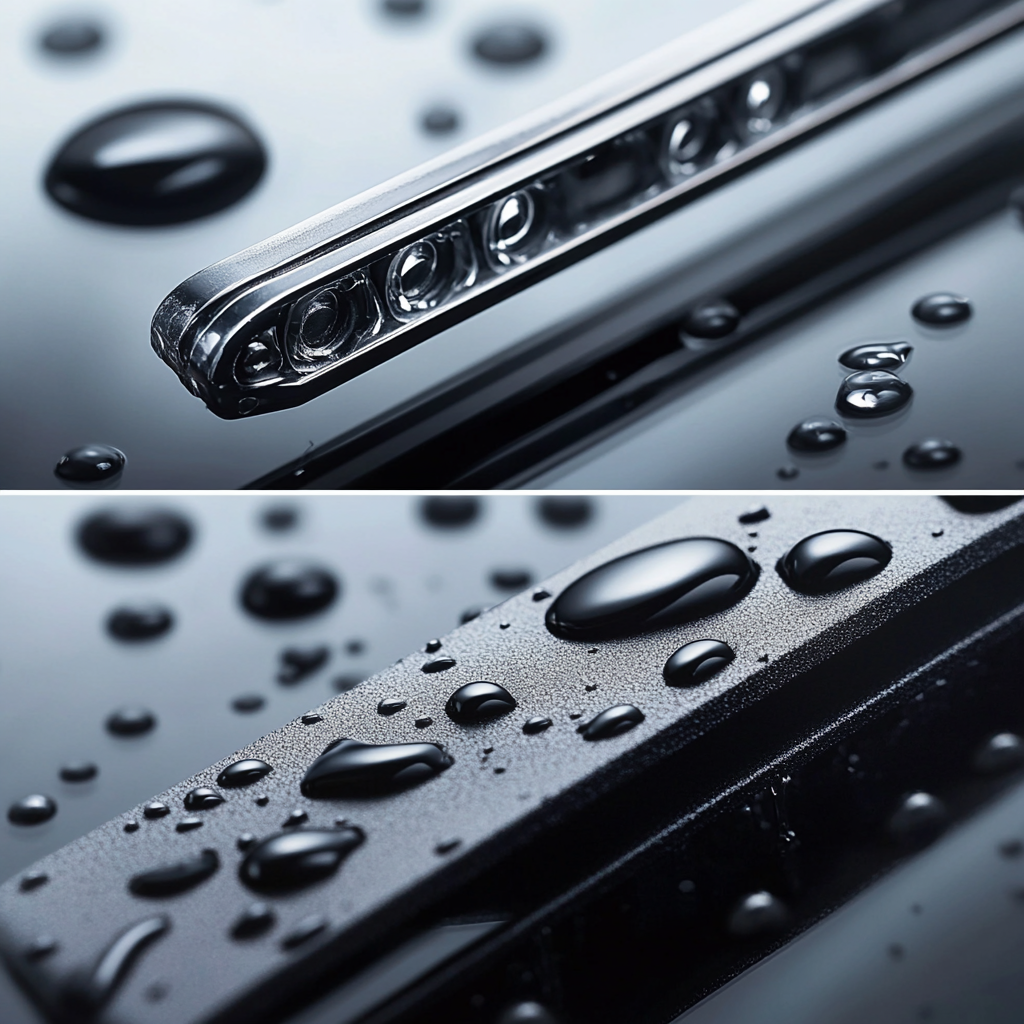
How to Safely Check Your Car’s Coolant Level
Checking your car’s coolant level is one of the easiest techniques but an essential task for maintaining engine health. For safety purposes, first of all you have to park your car on a flat surface and let the engine cool down for a minimum of one and half hours. Once your car’s engine is cooled down after that you can open the car’s hood, and locate the coolant reservoir. For most of the cars it’s located near the radiator. When you observe the reservoir, you’ll notice two markings: “MIN” and “MAX” on the side of the coolant reservoir. These markings indicate the minimum and maximum level of your car’s coolant that your car requires. The coolant should be in between these two lines. If the coolant is near or below the min line, then you need to top up immediately.
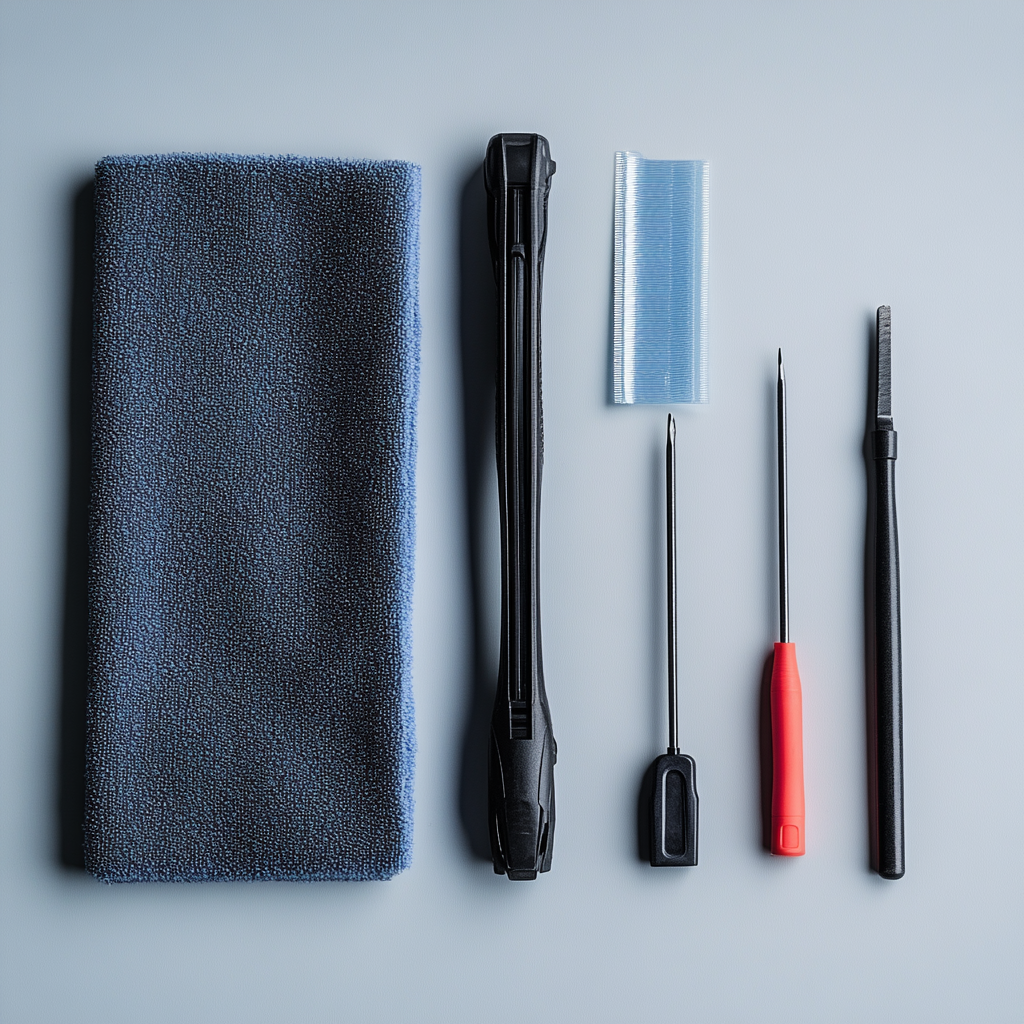
How to Top Up Coolant Like a Pro
Step 1: Purchase the Correct Coolant
Your first step of top-up coolant begins with buying the correct coolant for your engine. Most of the case car’s coolant is the same for the similar category vehicles. But if you feel any confusion while buying, then its best idea to consult your vehicle’s manual or mechanic shopkeeper for the correct category.
Step 2: Opening the Coolant Reservoir Cap
After purchasing the correct coolant for your vehicles, you have to top-up it. For that, open your car’s hood and search for coolant reservoir near the radiator. Now slowly unscrew the reservoir cap. Most of the case it will open in a counterclockwise direction. Before going to the next step, be sure your car’s engine is cooled enough.
Step 3: Mix the Coolant (If Necessary)
For some of the types of coolant it does not come in a premixed way. For that case you need to mix distilled water with it. Typically, the mixture ratio is 50/50, that means half coolant and half water. Never use tap water as it contains minerals that can corrode the engine.
Step 4: Pouring the Coolant
In this step while you are pouring coolant use a funnel for precision. And slowly pour the coolant into the reservoir. While you are pouring make sure that the coolant is in between the Max and Min line and try not to spill or overfill it.
Step 5: Tighten the Reservoir Cap and Start the Engine
After pouring coolant, securely tighten the cap and turn on the engine. Run your car’s engine for a few minutes, during this time check for any leaks around the reservoir or under the car. If you notice any then immediately turn it off and call a professional for inspection.
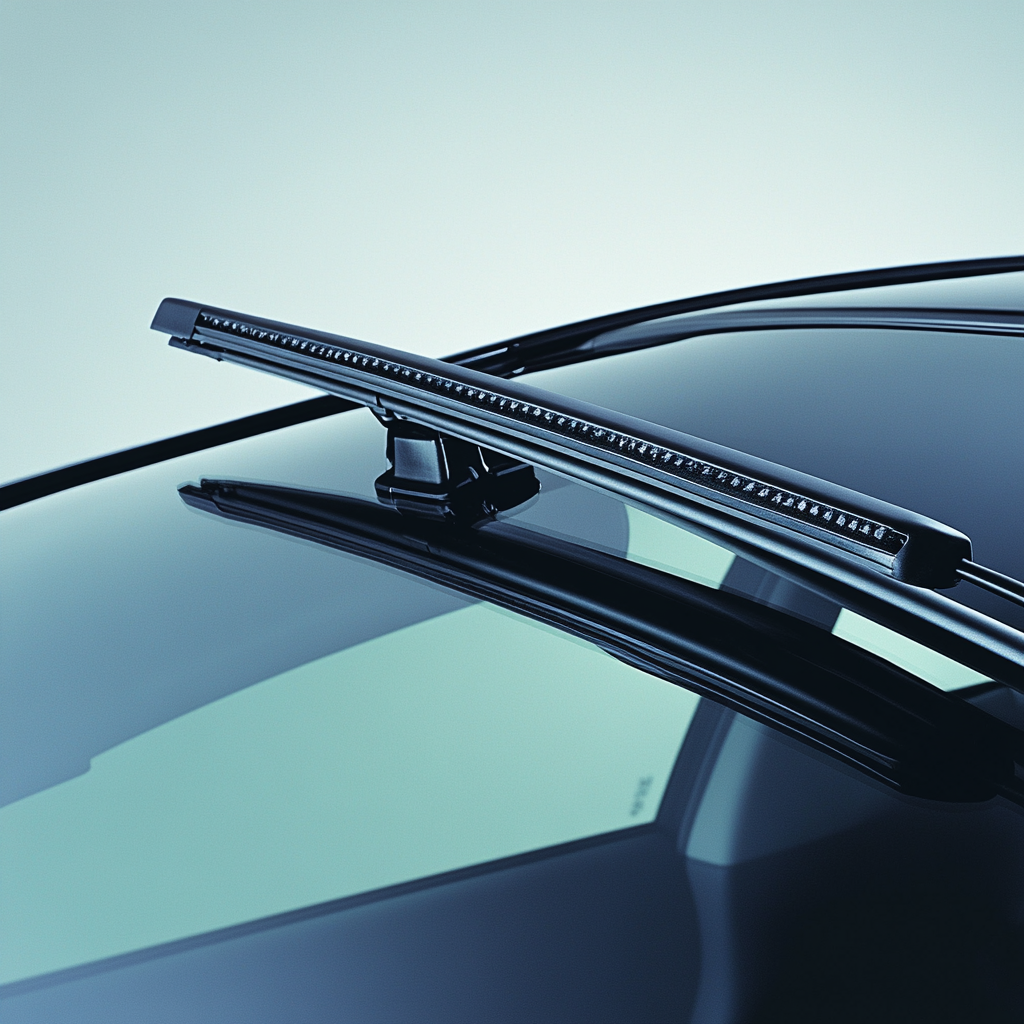
Frequently Asked Questions (FAQs) about Checking and Topping Up Coolant
How often should I check my car’s coolant levels?
Some car experts say that it’s best to check your car’s coolant levels at least once a month or while you are going on a long trip before that. This will help you to spot low coolant levels early.
What should I do if my coolant is always low?
If you consistently find low coolant levels, there could be a leak in the cooling system, such as in the radiator, hoses, or water pump. It’s essential to have a mechanic inspect the system to avoid engine damage.
Can I mix different types of coolant in my car?
No, it’s generally not recommended to mix different types of coolant. If you do this then it will impact on coolant efficiency.
Is it safe to drive with low coolant?
Actually, it will cause your car’s engine to overheat every time. Which will lead you to costly damage. It’s best to top up the coolant before driving.
What happens if I overfill the coolant reservoir?
Overfilling the reservoir can lead to excess pressure in the cooling system, potentially causing leaks or damage to the components. That’s why it’s good to maintain the limits.


